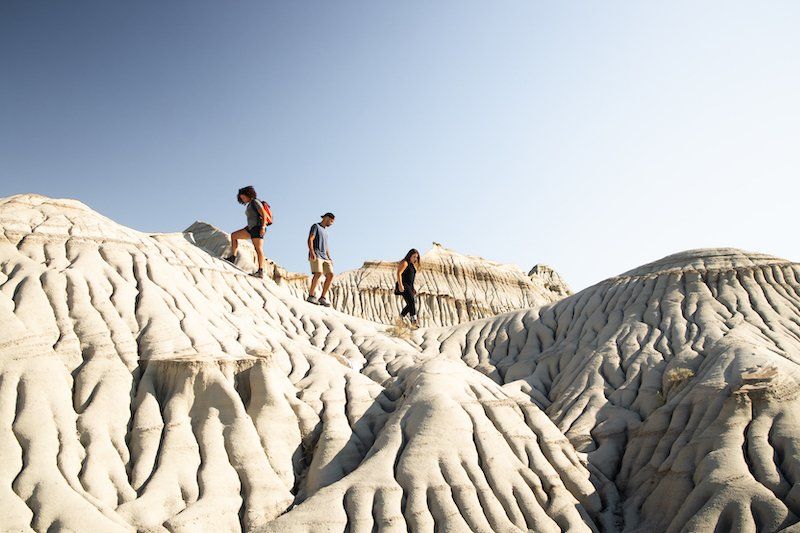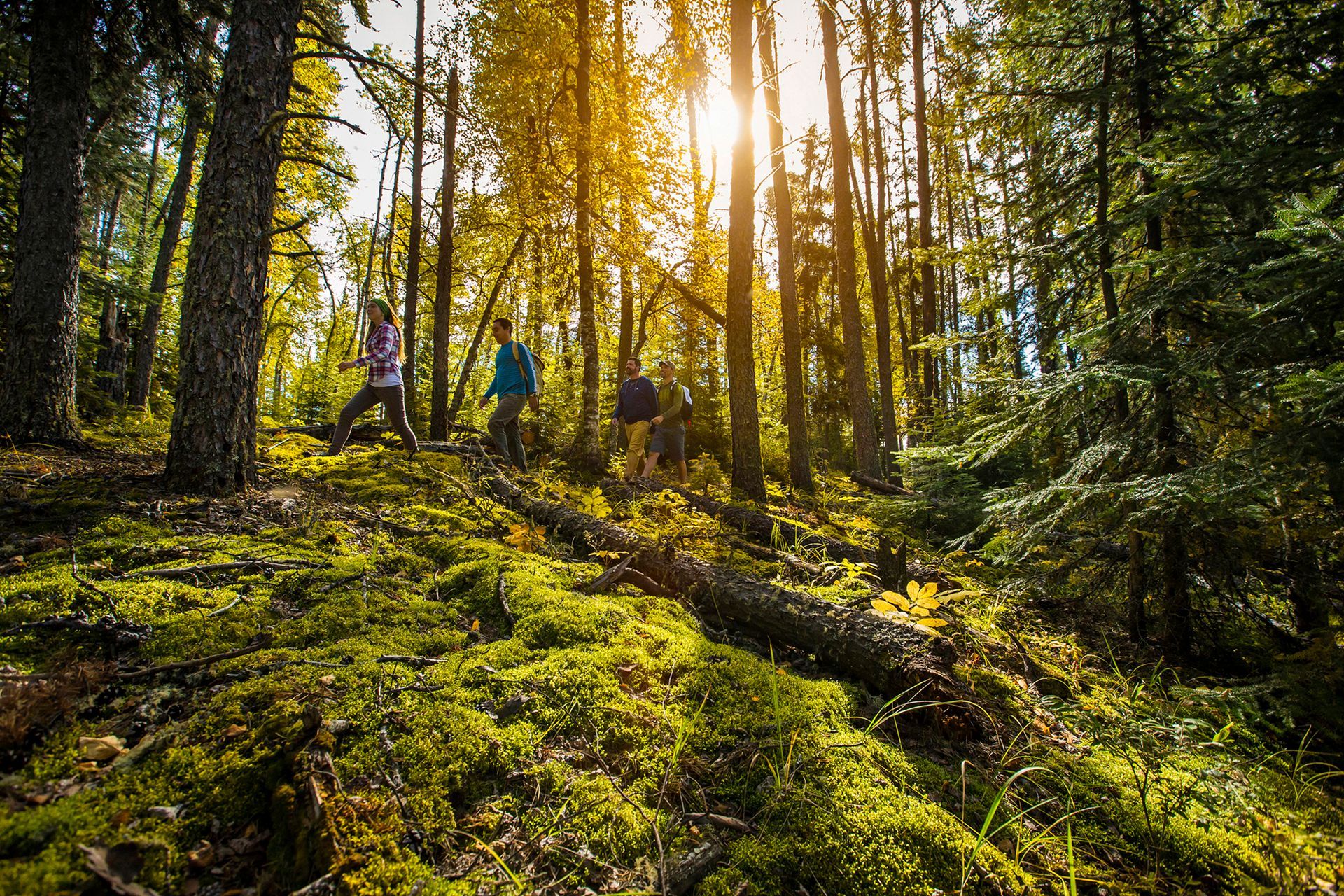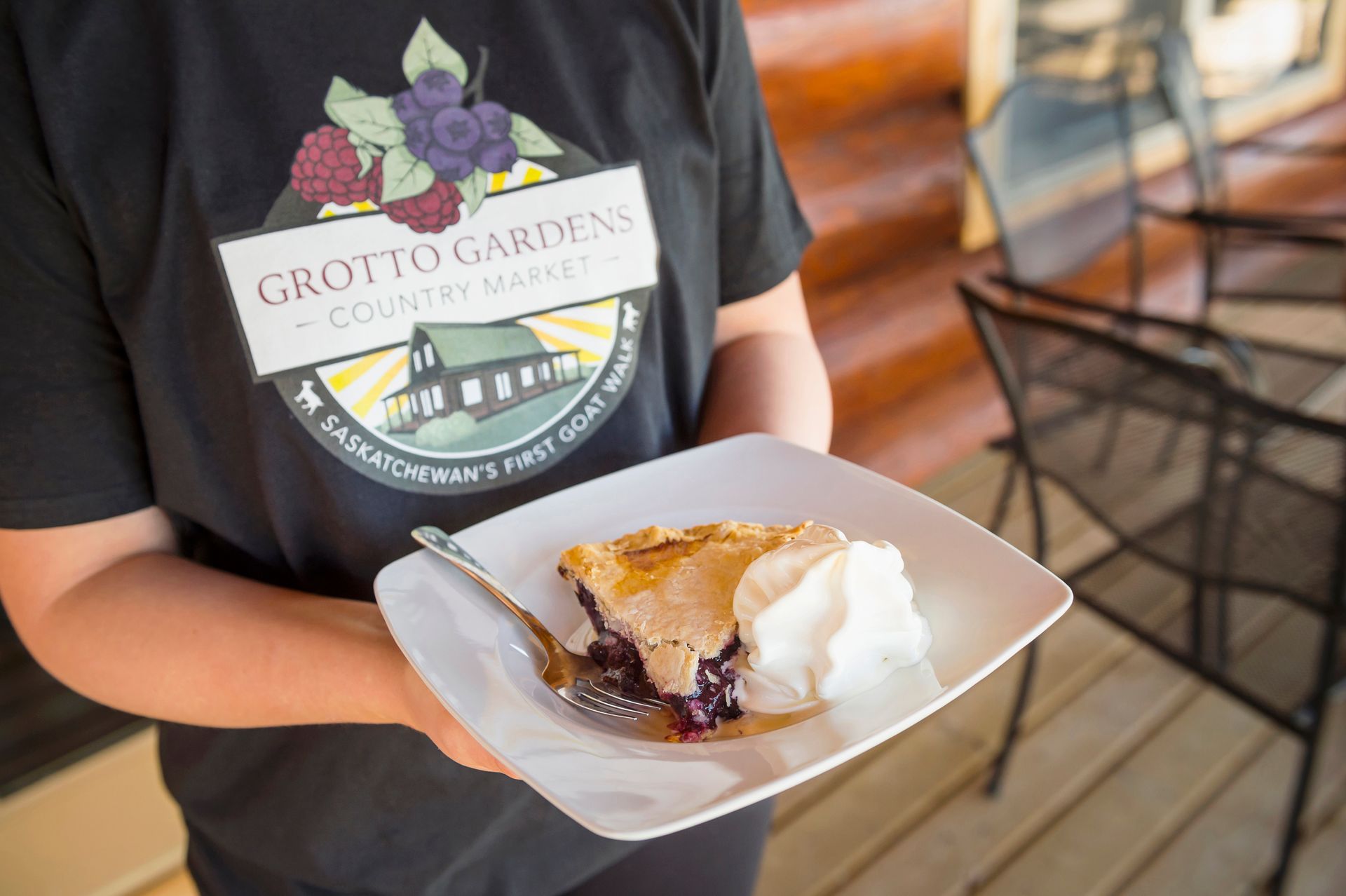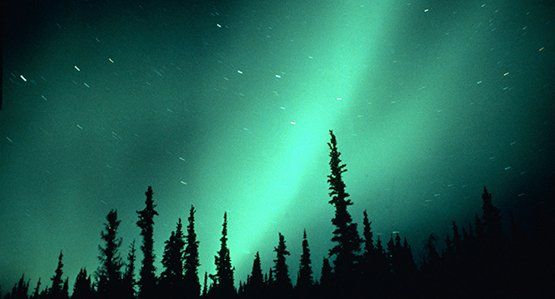Canada As You Like It Blog
Experience the heart of Canada on a trip to Manitoba
Northern Manitoba has a lot to offer - find out more here!
Head to Northern Manitoba for a wild and exciting trip. Waterways provide refuge to an abundance of wildlife and the land holds the stories of Indigenous peoples.

Churchill
Discover Churchill’s unique personality and charm by exploring eclectic restaurants and alluring shops. This small town, population 900, is only accessible by plane and train. Churchill hotels and eco-lodges welcome those seeking once-in-a-lifetime outdoor experiences watching polar bears, beluga whales and also the northern lights, which are visible here up to 300 nights of the year.
Churchill is a year-round destination: autumn is prime time to see polar bears, winter offers amazing northern lights viewing, spring is the top season for birdwatching and summer sees thousands of beluga whales arrive in the area.
Churchill’s culture and history are equally fascinating. See where retreating glaciers etched marks on rocks that are billions of years old. Tour a 300 year-old stone fort established by the Hudson’s Bay Company. Go on a thrilling dogsled ride and learn about the importance of this mode of transportation to the people in the North. Admire intricate carvings and other Inuit art and artefacts at the Itsanitaq Museum. From hiking through vibrant fireweed to a shipwreck or seeing the town’s character brought to life in colourful murals, there's more to Churchill than meets the eye.

Polar Bears

Beluga Whales
The beluga, or white whale, is one of the smallest species of whale. Their distinctive colour and prominent foreheads make them easily identifiable (although baby beluga are grey in colour). Beluga whales are highly social and travel in large groups called pods. It’s possible to see pods numbering in the hundreds on a visit to Churchill where they gather in summer in the Churchill River Estuary to mate, birth and feed. The beluga is one of the most vocal whale species on Earth. Their constant humming, chirping, whistling and crackling gave them their nickname 'canaries of the sea'.

Itsanitaq Museum
Churchill’s history is intertwined with the early days of Canada and the exploration of the Arctic. Cree, Dene and Inuit aboriginal cultures come together in this little community and the world famous Itsanitaq Museum houses one of the most comprehensive collections of Inuit artefacts and sculpture. Itsanitaq Museum has a collection of Inuit carvings and artefacts that are among the finest and oldest in the world dating from Pre-Dorset (1700 B.C.) through Dorset, Thule and modern Inuit times. Be sure to stop by the gift shop to purchase a postcard or two and some local wildberry jam.

Gangler's Sub Arctic
Ganglers' Fishing Lodge in Northern Manitoba provides a unique opportunity to enjoy unsurpassed fishing for Northern Pike, Lake Trout, Artic Grayling and Walleye in a stunning wilderness environment. There are huge pike and rod-busting lake trout which will test your fly rod to its limits. Walleye and Arctic Grayling are also abundant. The combination of quality and quantity is truly amazing.
As well as fishing there is a variety of other experiences on offer including mountain biking, kayaking, canoeing and hiking. Bird lovers will enjoy the variety and other tours include exploring the eskers and other local wildlife.

Wildlife in the North
In the Churchill area , you can see polar bears and beluga whales , but Northern Manitoba is home to many other wondrous creatures of all kinds — hundreds of bird species , herds of caribou , black bears , wolves , foxes , massive moose, muskrats and dozens of other mammals including, of course, the great Canadian beaver.
The subarctic transition zone provides diverse habitats that encompass everything from rocky flats, Precambrian Shield, boreal forest, freshwater lakes, whitewater rivers, coastal dunes, tundra and mud flats. Remarkably adaptable northern animals include wood frogs who freeze solid during winters and thaw out come springtime, tiny shrews who live on insects, and lemmings who provide sustenance to predators such as foxes, weasels and owls. Arctic fox and Arctic hare blend in with the snow in winter.

Northern Lights
While the natural wonder known as the northern lights or the aurora borealis can be seen throughout all of Manitoba and Northern Manitoba in particular. Churchill experiences the phenomenon nearly 300 nights a year and they can also be seen at Gangler's lodge. And while they can be viewed in any season, the northern lights tend to be most strong and visible during the depths of winter - particularly in February and March when the skies are clear and dark. Churchill is ideally located under the auroral oval. Here the light show is particularly bright and spectacular.

Winnipeg
The city of Winnipeg is the capital of Manitoba and is a vibrant and exciting city with a strong arts scene and some of the best food in the country. Winnipeg sits at the confluence of the Red River and Assiniboine River. It has been one of the most important meeting points for Canada’s indigenous people for over 6,000 years.
Winnipeg
is
a
hip and multi- cultural
metropolis
that
looks
back on an
exciting
history
, but at
the
same time
sets
real
trends
in today’s
world.
It
has
more
than
700,000
inhabitants
who
speak
over
100
languages
and bring
plenty
of
diversity
and
creativity. The
city's
many
different
neighbourhoods
are
buzzing
with
festivals
,
culture
,
art
and
culinary
delights.

The Forks
One of the loveliest public spaces in Winnipeg and a must-see for any visitor, The Forks is an exquisite riverside attraction in the heart of downtown Winnipeg. Located at the junction of the Red and Assiniboine rivers, The Forks has been a meeting place for over 6,000 years. Early Aboriginal peoples traded at The Forks, followed by European fur traders, Métis buffalo hunters, Scottish settlers, riverboat workers, railway pioneers and tens of thousands of immigrants.
Today, framed by the banks of the two rivers, The Forks is Winnipeg’s number one tourist destination andone of the most incredible urban parks in Canada. As well as an exciting range of shops and food outlets, The Forks has a busy calendar of events and entertainment. Delve 6,000 years into the past while soaking up the bustling ambience. Learn how the two great rivers connected the prairies to the world and drew in trappers and traders from around the world. Going back thousands of years, Indigenous peoples thrived off this land, and they also played an important role in the development of the fur trade. Today, Indigenous culture is shared through festivals and events, art and museum exhibits.










